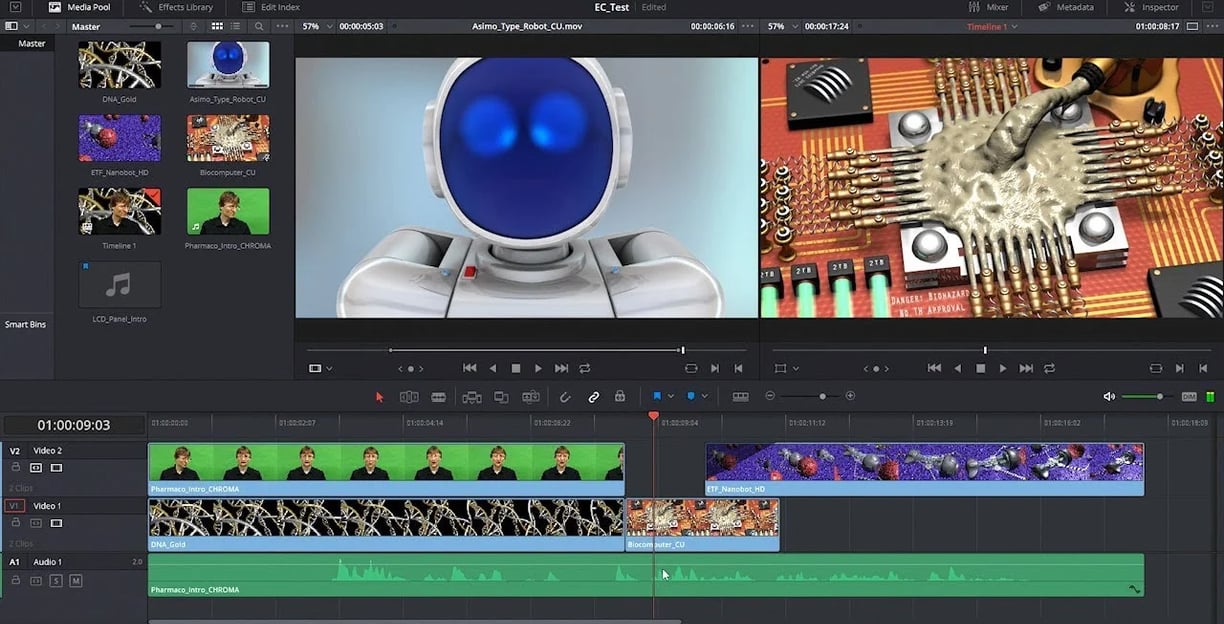AI and Storytelling
AICOMMUNITYINNOVATION
How Technology is Changing the Way We Tell Storytelling
1. Interactive Storytelling: AI-powered technology allows for the creation of more interactive and personalized storytelling experiences. With tools like chatbots and virtual reality, audiences can choose their narrative paths and engage with stories in new and unique ways.
2. Automated Content Generation: AI can generate story content, freeing time for storytellers to focus on other aspects of their work. This can include everything from writing scripts and composing music to creating visual effects and animation.
3. Personalized Experiences: AI can help tailor stories to individual audiences based on their interests, preferences, and personal data, allowing for a more immersive and personalized experience.
4. Improved Accessibility: AI-powered tools can make storytelling more accessible to people with disabilities by providing audio descriptions, subtitles, and other accessibility features.
The Benefits of AI in Storytelling
1. Increased Efficiency: AI can help speed up the storytelling process, allowing storytellers to focus on more creative and impactful aspects of their work. 2. More Immersive Experiences: By providing interactive and personalized storytelling experiences, AI can create more engaging and immersive narratives. 3. Greater Reach: AI-powered storytelling tools allow stories to reach a wider audience, regardless of language, culture, or location. 4. New Opportunities for Creativity: AI opens up new possibilities for storytelling and allows storytellers to explore new and innovative ways of telling their stories.
The Art of Video Editing Meets the Power of AI
Video editing is a crucial aspect of filmmaking and content creation that has been undergoing major transformations in recent years with the integration of artificial intelligence. The intersection of video editing and AI has opened up new possibilities and made post-production more efficient and effective. This article will explore the art of video editing and how AI technology has transformed it.
Video editing is an art form combining different footage pieces, visual and audio effects, and music to create a compelling story. It is a time-consuming process that requires a high level of creativity and technical expertise. AI technology has the potential to automate many tasks in the video editing process, making it faster, more efficient, and more accessible to people who don’t have the necessary editing skills. One of the most significant benefits of using AI in video editing is the ability to automate repetitive tasks.
For example, AI algorithms can automatically identify and sort footage based on specific criteria such as motion, color, and audio. This can save editors hours, allowing them to focus on more creative tasks such as adding visual effects and fine-tuning the overall look and feel of the video. Another benefit of AI in video editing is the ability to analyze vast amounts of data and make informed decisions. AI algorithms can analyze footage and suggest the best shots, transitions, and effects to create a cohesive and engaging video. This allows editors to focus on the creative aspects of video editing while relying on AI technology to handle the technical aspects. One of the most exciting applications of AI in video editing is the creation of automatically generated video content.
This technology uses deep learning algorithms to analyze existing video footage and create new videos similar in style and content. This can revolutionize how we create and distribute video content, making it faster, cheaper, and more accessible to a broader audience.
However, some challenges and ethical concerns are associated with AI in video editing. One concern is the loss of creativity and control as AI algorithms take over repetitive tasks. Another concern is the potential for AI algorithms to manipulate video content, raising questions about the authenticity and accuracy of the final product.
Examples of powerful AI tools that filmmakers and video editors can take advantage of to elevate their production:
Adobe Premiere Pro - AI-powered features such as Auto Reframe and Color Match can help save time and improve the overall quality of video editing.
IBM Watson Offers AI capabilities for video analysis and automatic captioning, which can improve videos' accessibility and searchability.
Lumen5 - A web-based video creation platform that uses AI to generate video content from written articles and blog posts automatically.
Synthesia - An AI-powered video creation platform that allows users to create realistic-looking video content featuring virtual presenters or avatars.
VideoScribe - An AI-powered whiteboard animation software that can help create engaging explainer videos, product demos, and training content.
Filmstro - An AI-powered software that provides royalty-free music that automatically syncs to the pace and mood of a video.
Artisto - An AI-powered mobile app that allows users to add artistic filters and effects to videos.
Some of these tools are free, while others require a subscription or one-time payment. It is important to research and choose the tool that best fits your specific needs and budget.
The Ethics of AI in Storytelling: While the use of AI in storytelling has many benefits, ethical considerations must be considered. For example, using personal data to create personalized experiences raises questions about privacy and data protection. Additionally, there are concerns about the potential for AI to perpetuate harmful biases and stereotypes.
In conclusion, AI is transforming the world of storytelling in exciting and innovative ways. However, as with any new technology, it is essential to consider the ethical implications and ensure that it is used responsibly and ethically. Integrating AI in video editing has opened up new possibilities and made post-production more efficient and effective. AI technology has the potential to automate repetitive tasks, analyze vast amounts of data, and create automatically generated video content. However, it is crucial to consider the ethical and creative implications of AI in video editing and ensure that technology serves the needs and interests of content creators rather than vice versa. For references and further reading,
The Journal of Digital Media and Culture.
The Journal of Interactive Technology and Smart Education.
The Association for Computing Machinery's report on "The Ethics of AI in Society.
Hui, J. (2018). The future of video editing: How AI is changing the game. Forbes.
Lumetri Color. (2019). AI-powered video editing: The future is now. Adobe.
Shapiro, L. (2019). The benefits of using AI in video editing. Filmora.
Stockton, N. (2019). AI and video editing: The pros and cons. Tech. co.
Wang, J. (2018). AI and video editing: The future is now. ReadWrite.






